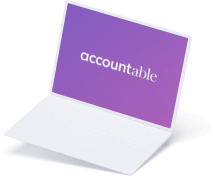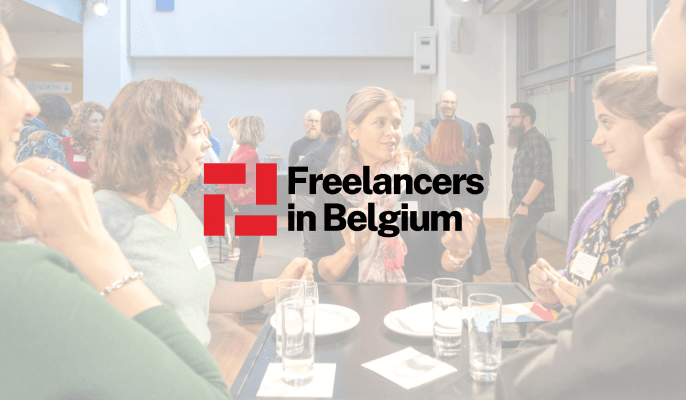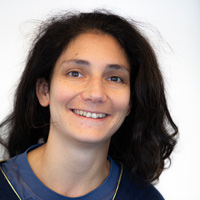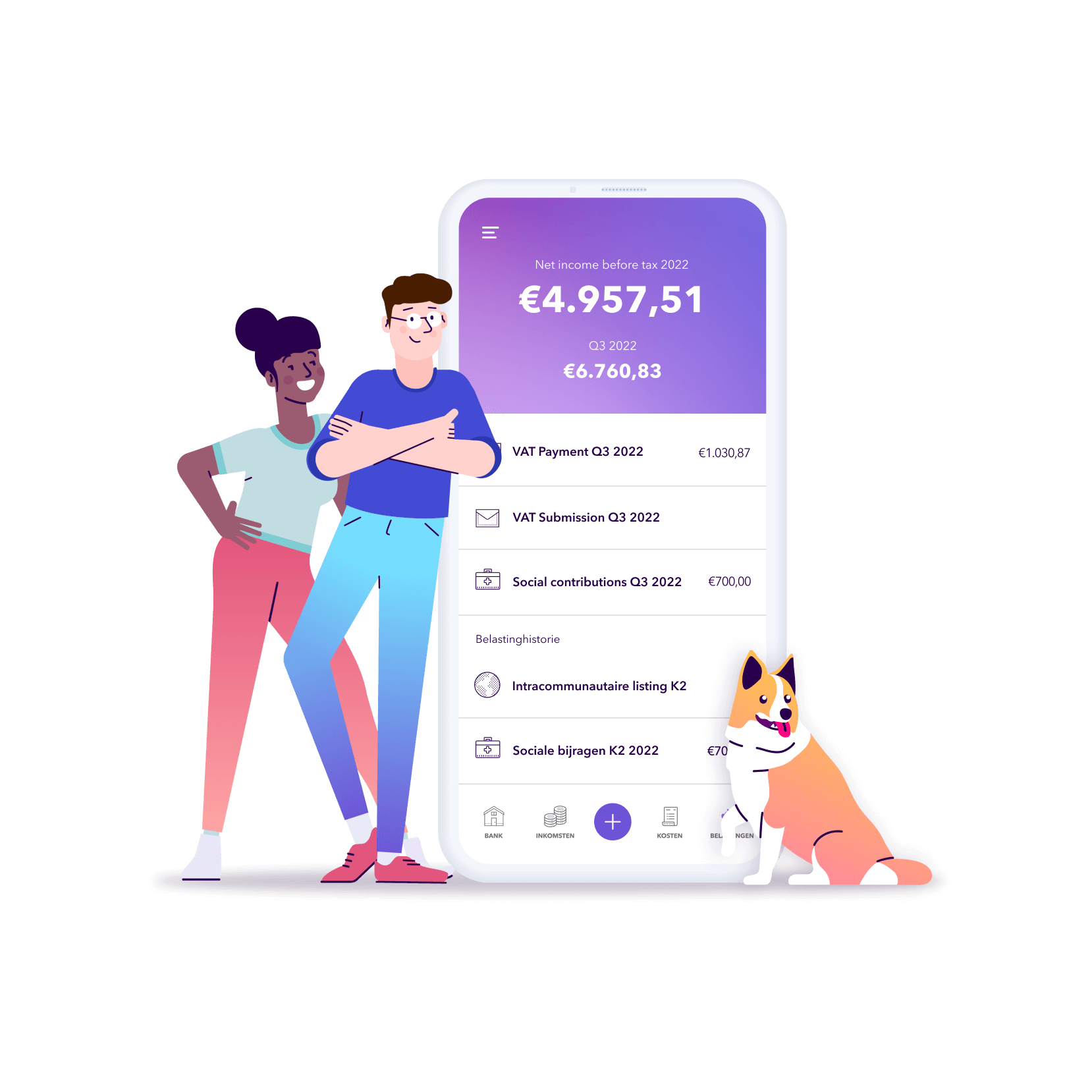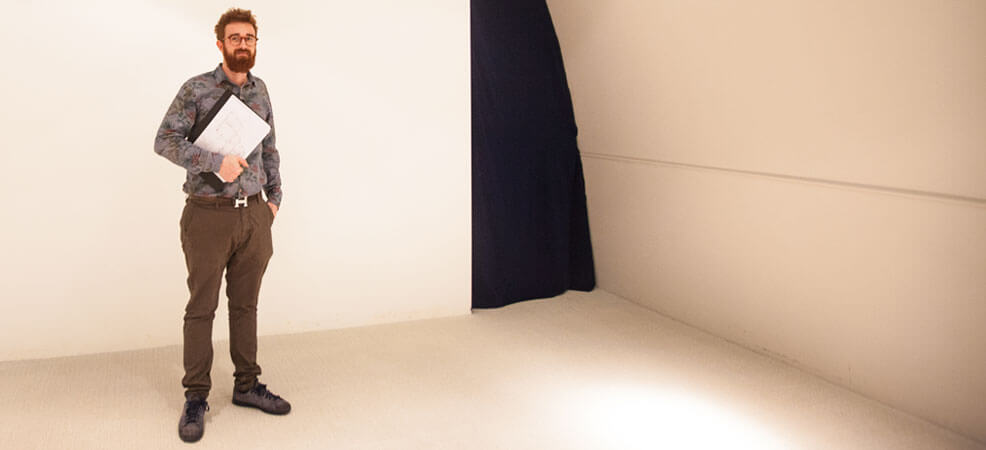
Humans of Accountable: Charlelie Dagnelie
Read in 5 minutes
The other users are self-employed, just like you. You can meet them here!
Charlelie Dagnelie is an architect who researches how digitalisation can help him in his profession to become more creative and more flexible. He uses Accountable for his accounting with the exact same goal: less administration and increasing the quality of life.
What do you do as a profession?
I’m an architect, or to be more precise, an architect trainee. I still have to do an internship for two more years before I can fully say I’m an architect. My internship is in the office of my father where I take care of the digitalisation, making sure everything runs smoothly with the introduction of the BIM-process.
How did you come up with the idea to combine architecture with the management of digitization projects?
During my architectural studies, I’ve always kept my interest in everything that has to do with IT. I came into contact with this when I had to redo a year at the beginning of my studies. I followed the exact same courses and to make it a bit more interesting I asked my teacher if I could draw by using the computer instead of by hand.
That was the very first step. Over the years, my preference for the world of IT and innovation has grown. When my grandfather passed away, I realised all what he achieved in his life thanks to the use of IT tools. I realized that he did all of these things fifty years ago.
And now that everyone has access to these kinds of tools, a lot more people can do so much more.
What is the advantage of the digitalization, like the one you’re doing yourself, in an architectural firm?
Normally, your first sketch is done on paper with a pencil. You then start to digitize that sketch on your computer in two dimensions and then comes the disappointment. You can’t feel the original spirit of your pen and paper drawing anymore and you lose control over its beauty.
Nowadays, with the use of new techniques, you can create a 3D digital model of your designs. Thanks to these digital models a lot of problems can be solved in advance and you get a lot more information about the building. You can also find the original beauty of your drawings back.
This technology ultimately allows us to get back in touch with the creative aspect of the process.
The digitization of scale models and the sharing of information in the cloud makes it a lot easier to follow-up with the construction sites and the reporting while taking into account the increasing number of standards. The digitization also allows us to free up time for creativity and to carry out our profession as an architect.
This entire process of starting projects like this is called BIM, or Building Information Modelling. In the longer term, this digitization supports the way in which I view and live in the world: my dream is to expand geographically, to have construction sites in all sorts of different places, while maintaining an environmentally friendly approach that takes into account the rhythm of all the people involved.
The digitization allows us to work better from home while staying as close as possible to the construction sites that have the be followed-up. It opens the doors for co-working where we share the daily life of other self-employed people, or even of the whole world.
My father always wanted to travel. As a self-employed person, this is risky unless he would have left for two months, worked for two weeks, and then from his tablet was able to comment on the plans to which we all have access.
With a digital model, you can also store all of the information about the buildings you’re designing and working on. At any time you can check and see the composition of a wall, or you can figure out where all the pipes are running. As a result, all pieces of a building can be reused, by building upon that experience. This type of behavior supports the transition to a more circular economy.
The agencies that are involved with these types of projects are usually big agencies.
We are a small office, when I came to work here, we were two people, nowadays we’re almost four. However, I managed to persuade my boss to join me on this journey, despite all the additional investments in time and money. But hey, it’s my father…
Working with your family, what’s that like?
It’s not always easy. In the beginning, I did not want to work with my father. But I had finished my studies and he needed some help, I came to help him and I never left.
Actually, there are many advantages: working with my father allows me to enter many things very quickly, like the integration of BIM.
When you work with family, you have to talk a lot.
Of course, it happens sometimes that the atmosphere is tense and that you become nervous.
At moments like these you have to remind yourself that you work together to build something together and that whatever you do, you will always be connected, as father and son.
You also have to try to be less demanding. I have far more expectations from a family member than from any other employee.
For example, I really want my father to carry out this digitization because I know that he is capable of doing so. I would not be so demanding if it was any other first boss.
In the end, you have to be able to say things that are important and leave things in the past that are not as important as they might seem at the time.
An architect in Belgium is often an independent person, whether they want it or not. Does this status suit you?
It gives me a certain amount of freedom. I love to undertake things, to be an entrepreneur in that sense. I know that I will take over my father’s business when the time is there.
So yeah, I like to be self-employed. It’s not an easy status: for example when I go to a bank, I often hear “you need to come back within a year”, than a friend of my age that has a permanent contract.
Thankfully I have the opportunity to live a good life, I know how to navigate around these barriers. For example, I’m living in an apartment with my parents.
The biggest challenge for architects is the ten-year liability: for ten years you’re personally responsible for those plans that form the basis of a house.
When I was younger, I heard my parents say “If there is a problem with a building that we helped build, we can very well lose our house”. Although the statute has evolved, an architect can now work and only take a loss like this on a company, but this is only very recent.
Why are you using Accountable?
I am self-employed just like my father. I remember him saying on Sunday that he was going to “do his bookkeeping”. I saw him looking for parking tickets in his car and collecting all kinds of papers.
Now that I am self-employed, I always have my smartphone with me. With Accountable I can scan everything at the moment and connect the receipts to the transactions on my account.
It is a very accurate app and a valuable gain of time.
If you want to be part of the ‘Humans of Accountable’ just like Charlelie and share with us your adventure as a self-employed person, send us an e-mail at the address hello@accountable.eu!
Did you find what you were looking for?
Happy to hear!
Stay in the know! Leave your email to get notified about updates and our latest tips for freelancers like you.
We’re sorry to hear that.
Can you specify why this article wasn’t helpful for you?
Thank you for your response. 💜
We value your feedback and will use it to optimise our content.

